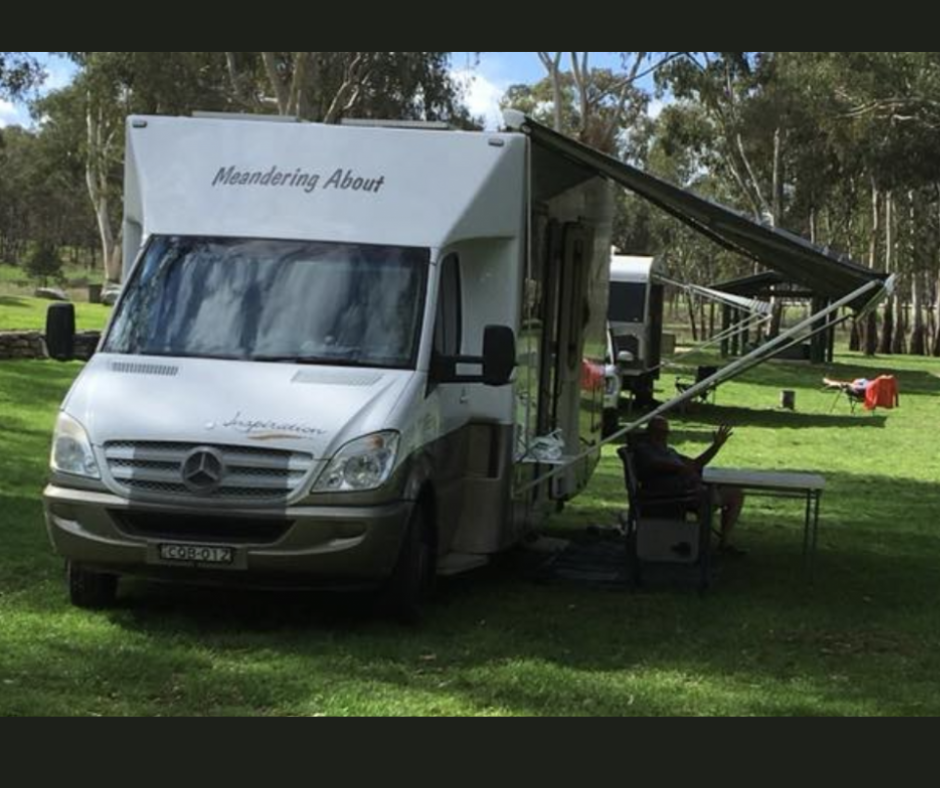Nearly everyone that comes to me for independent financial advice wants to achieve financial independence. However, everyone defines financial independence differently because everyone wants to live differently.
Achieving financial independence is easier than most people think, but there are several common mistakes people make. Over the next few weeks, I will share some real-life examples that help people address the most common mistakes people make.
The first mistake most people make is following what others are doing.
Do what suits you
While resources like books and podcasts can be helpful, it’s crucial to have a plan that suits you and your own goals and lifestyle.
Recently I was working with a couple who are in their mid-40s. They have an investment property (which is nearly mortgage free), a nice home with a mortgage that will be paid off in the next 10-12 years, and they have a healthy super balance.
They have been doing most of the right things in terms of maximising their super and paying down their mortgage. They would have a more than comfortable retirement if they wanted to just keep plugging away at it and keep working until they are 60.
However, they don’t want to keep doing the same thing for the next 15 years, as they feel it is like a whirlwind going from one week to the next, one year to the next.

They want a comfortable retirement, but they also want to cut down on their work so they can spend more time with their young kids. They want to take more family holidays to create everlasting memories. They want to ensure they have money available to help their kids kickstart their future working lives. They don’t want to have to keep working until they are 60.
Map out a plan
The first thing we did with them was to map out a plan that ensured they always had enough money to do the things they wanted.
When mapping out a plan, cashflow is the most important place to start. As the saying goes, cash is king, and not having enough will guarantee anxiety.
In their case, their most pressing issue was making sure they had enough money to cover the next 15 years when they worked less or stopped altogether. We then looked at how they could restructure their assets to ensure they would always meet their cashflow needs.
After looking at the options, it was decided they should sell their investment property and invest in something that allows them to access their money more easily if needed. This was done knowing that they would need to pay capital gains tax, real estate agent fees, and would miss out on the small amount of leveraging they currently have.
All up, the impact of selling the investment property (and investing elsewhere) and reducing their work would mean by the time they are 60, their net wealth outside the family home would be about $2.3 million instead of the $3 million it was tracking towards.
Given $2.3 million will be more than enough for them to have a comfortable retirement and allow them to help their kids financially (ie their two other goals), they agreed this was the best approach for them.
We specialise in helping professionals put together a financial plan that helps them live their ideal life. If you are interested in getting an independent financial plan that helps you achieve your goals, book a chat via the button below or contact us at 0417 034 252 or office@constructwealth.com.au.
About the Author
Phil Harvey is an independent financial adviser. In 2017 Phil set up his company Construct Wealth to help clients best manage their finances so they focus on what is important to them. He is a founding member of the Profession of Independent Financial Advisers and a tax financial adviser, registered with the Tax Practitioners Board.
General Advice Warning
This advice contains general information. It may not be suitable to you because it does not consider your personal circumstances. Phil Harvey and Construct Wealth are authorised representatives of Independent Financial Advisers Australia (AFSL 464629)
See related articles
Is the Market Correction Going To Be Short – or Will It Become a Crash?
Donald Trump has just announced a wave of new tariffs affecting almost every country. In response, many nations have hit back with tariffs of their own. This [...]
The most important thing about investing is to start
Most people want to be financially secure, but they also want the ability to keep doing the things that are most important to them. To be financially [...]
Investing in a volatile market
Continuing to invest when it looks like the market is falling is not easy. Mostly because our inner voice tells us not to buy something when there [...]



